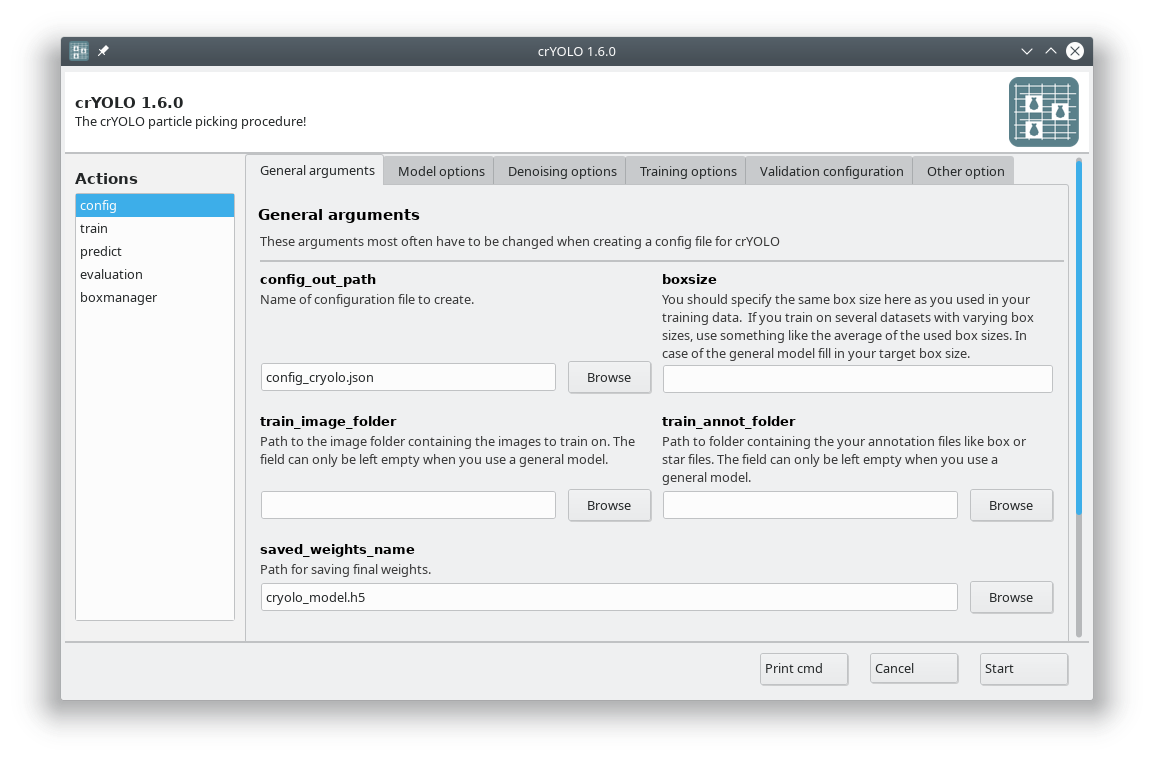
| Title | Until August |
| Author | Gabriel García Marquez |
| Year | 2024 |
| Genre(s) | Romance |
| Length | 136 pages |
| Average Points | 9 out of 10 |
| Comments | Characters: 9 out of 10 World: 9 out of 10 Storytelling: 9 out of 10 A Nobel prize post-morten work. Light, irrelevant, and quite pleasant to read. |
It’s fun to criticise a Nobel Price winner, so let’s do it. This book deserves to be analysed maybe, as a clear exponent of greediness, or as bibliofilic necrofilia. It’s interesting because since you are reading clearly an unfinished product – the author died 10 years ago – it makes you, the amateur, feel close to the excellent writer that Marquez is. Don’t expect a short version of 100 years of Solitude. This story is correct, but to the level of the winner of you High school’s short tale prize. In other words, drop the magic out of the realism. Nothing out of the ordinary happens. You can feel it’s there, down under, but death didn’t let poor Gabriel include it in the world. And he knew it, that’s why he did’t want to see this published. What a character, the Colombian. Speaking about it. This seems to be the only writing of him having a woman as a protagonist. I’m no woman, but I like how he depicts her complexities, I mean, her feelings. In comparison her husband and other characters are, once more, very good sketches, and I’m sorry I can’t get to know them better. The same way I’m sorry I can’t explore more the recurrent island she’s visiting in Summer. This book was supposed to be a longer, more complex work. And sadly, you can feel it. So this ends up as a glimpse, like the draft it is. Now, as a punishment for this desecration, I need to revisit 100 years of Solitude before the Netflix drama arrives. We’ll see if I manage!





